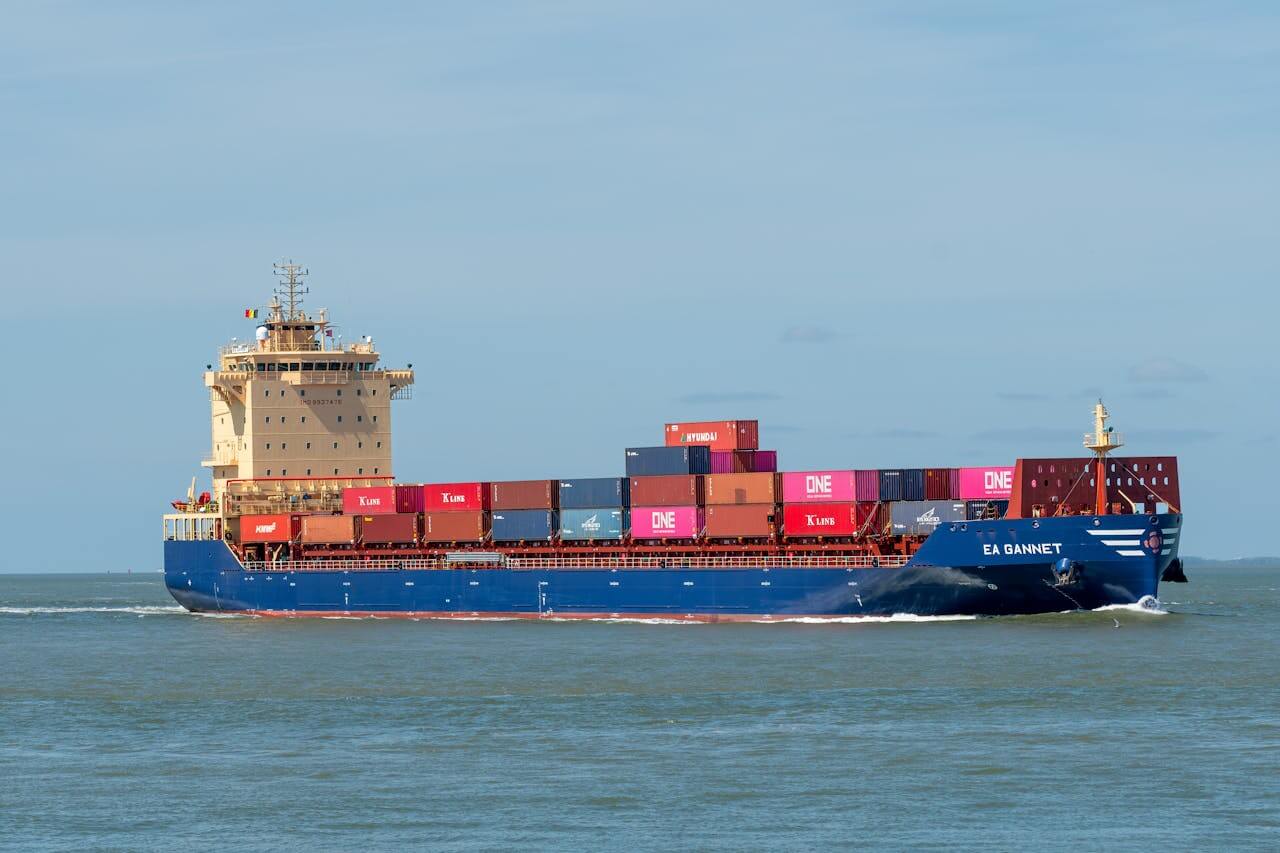
Formal dresses are worn at special events like weddings, parties, or religious celebrations. These clothes are made to look elegant and polished. People choose them carefully because they want to look their best and show respect for the occasion. Across different cultures, formal wear has many styles, but the goal is always the same—dressing in a way that feels special and meaningful.
In this article, we will explore what makes formal dresses unique, the styles worn in different parts of the world, and what to think about when choosing one. We will also focus on Pakistani formal outfits, which are known for their beautiful designs and cultural value.
What Is a Formal Dress?
A formal dress is a type of clothing worn to important events. These clothes are different from what people wear every day. They are made from fine materials and often include decoration like embroidery or beading. A formal dress helps the person wearing it feel confident and ready for a special moment.
Main Features of Formal Wear
Formal clothes usually have:
- High-quality materials like silk, satin, chiffon, or velvet
- Detailed designs such as hand stitching, beadwork, or lace
- Fitted shapes that look neat and well-made
- Matching items like jewelry, shoes, and small bags
These clothes are chosen not just to look nice but also to match the importance of the event.
Formal Clothing Around the World
Every country has its own way of dressing for important events. In many Western countries, people wear suits, gowns, or tuxedos. In South Asian countries, people wear clothes like sarees, lehengas, and sherwanis. These clothes often have traditional meanings and are part of the culture.
Traditional South Asian Styles
South Asian clothing is known for bright colors, careful detail, and strong ties to family and tradition. In this region, formal clothes are more than just something to wear—they carry meaning and emotion.
The Role of Clothing in Culture
People in South Asia wear special clothes for events like weddings, holidays, and family gatherings. These clothes are often passed down from one generation to another or custom-made for big occasions. The colors, fabrics, and decorations are all chosen with care.
What Makes Pakistani Formal Clothing Special
Among South Asian styles, Pakistani formal outfits are well known. These outfits usually include a long shirt (kameez), wide or straight pants, and a matching scarf (dupatta). The materials are soft and rich, and the outfits often have handwork like thread embroidery or bead designs. These clothes are worn for events like weddings, Eid, or formal dinners. They bring together tradition and modern style in a balanced way.
Popular Formal Dress Styles
Formal wear comes in many forms. Some styles are worn in the West, while others are more common in South Asia. Each one is worn for different events and personal tastes.
Western Styles
- Gowns: Long dresses that are often worn to evening events like parties or award shows.
- Cocktail Dresses: Shorter dresses that are still neat and stylish, good for less formal events.
- Pantsuits: A jacket and pants set, often worn at business events or formal meetings.
South Asian Styles
- Lehengas: A long, full skirt with a short blouse and scarf. Popular for weddings.
- Anarkali Suits: A long, flowing top with tight pants. Known for being elegant and comfortable.
- Sharara Sets: Outfits with wide-leg pants and a short top. These are fun to wear and easy to move in.
Each outfit has its own beauty. The choice depends on the event, weather, and personal taste.
How to Choose the Right Formal Dress
Picking a formal dress is about more than looks. It also depends on the type of event, how the clothes feel when worn, and the time of year.
Match the Dress to the Event
Different events call for different outfits. A wedding may need something bright and detailed. A work event may need something simple and calm. Religious events may also have special rules about what to wear.
Choose the Right Fit
A dress should feel good and look neat. Some styles work better for certain body types. A-line dresses are good for many people. Dresses with higher waists can help shorter people look taller. A dress that fits well helps you feel relaxed and confident.
Pick the Right Fabric
Some fabrics feel better in warm weather, while others are better for cool days. Light materials like chiffon are good for summer. Thicker ones like velvet work well in the winter.
Important Accessories for Formal Outfits
Accessories complete a formal look. The right ones add style without making the outfit feel too busy.
- Jewelry: Necklaces, earrings, and bracelets help add detail. Simple items work best with decorated outfits.
- Shoes: Heels or fancy flats both work. The choice depends on the outfit and how long you’ll be standing or walking.
- Bags: A small bag or clutch holds what you need and looks tidy. Traditional outfits may also pair well with a small embroidered bag.
Accessories should match the colors and style of your outfit without taking attention away from it.
Buying Formal Outfits Online
Today, many people choose to buy Pakistani formal dresses online. This lets them explore many styles and fabrics from home. Shopping online also allows people to read reviews, check sizes, and compare prices before making a choice.
For people living in other countries, online shopping is a way to stay connected to cultural clothing while still enjoying the ease of modern shopping.
Final Thoughts
Formal dresses are an important part of how people around the world celebrate big moments. These clothes show respect for the occasion and let people express their style and background. Whether it’s a long Western gown or a traditional outfit from South Asia, formal wear brings people together through color, design, and care. Styles like Pakistani formal outfits show how clothing can honor tradition while also looking fresh and new. They remind us that clothing is not just about fashion—it’s also about family, memory, and joy. As more people choose to buy Pakistani formal dresses online, they help keep these beautiful styles alive and bring them into the future.
Read More: theglobalnewz







